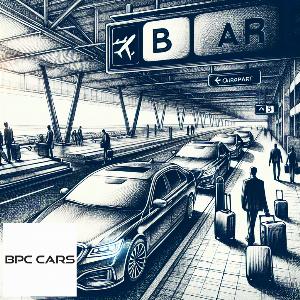Gatwick Airport
Gatwick Airport was originally founded in 1930 as the Surrey Aero Club, a tiny fliers club used only by aviation enthusiasts. This was not the case for very long, though. Gatwick was granted a public aerodrome licence four years later with the goal of serving as a backup airport for London Croydon Airport and a regular aviation service to Paris. Gatwick also received its first regularly scheduled flights from Hillman's Airways to Belfast and Paris in this year.
London
The United Kingdom's and England's capital city, goes back more than 2000 years. It has since developed into one of the most major financial and cultural capitals in the world. It has survived riots, a devastating fire, a civil war, aerial bombardment, and terrorism. Although it only makes up a small portion of the larger metropolis, the City of London is the historical centre of the Greater London metropolitan area and serves as its principal financial hub today.
Gatwick's future remained uncertain after hostilities ended until the authorities were persuaded to permit it to stay open as a base for the various air-taxi and charter businesses that had sprung up in the immediately following years of the war. The Daily Express newspaper held significant airshows there in 1948 and 1949, and the state airline BEA began service to Alderney in the Channel Islands in 1950, all of which contributed to increasing public awareness of the airfield. Gatwick was chosen to be developed as London's second airport, with a new terminal building and a concrete runway, in 1952.
In the 17th century, London's development outside of the City was firmly entrenched. With the main exception of the aristocratic homes in the direction of Westminster, the immediate vicinity of the City was still regarded as unhealthy in the early years of that century. Moorfields, which had lately been drained and put out in walks, lay directly to the north and were visited by beggars and travellers who crossed it to enter London. Finsbury Fields, a favourite archers' practice area, and Mile End, a common on the Great Eastern Road that was notable for being a troop rendezvous, were adjacent to Moorfields.





